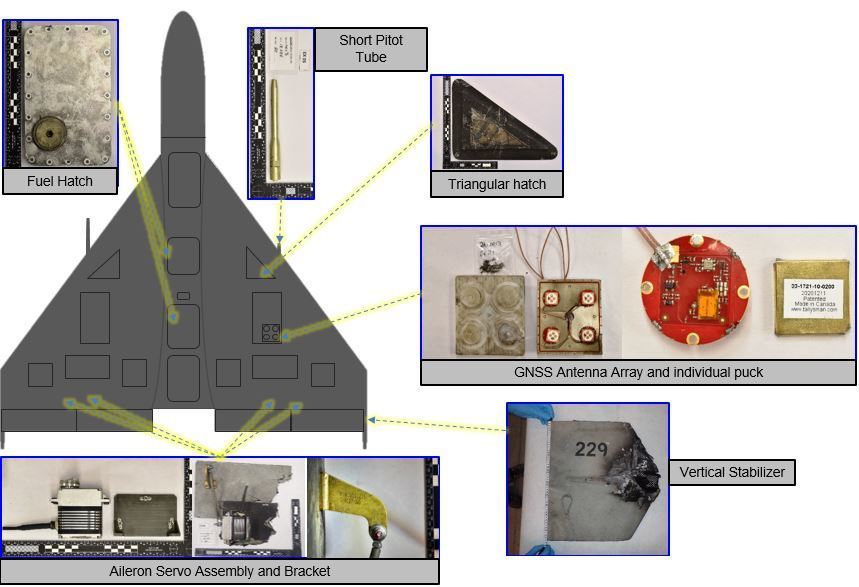JOHN GRADY

The “secret sauce” for Special Operations Command in quickly closing capability gaps is its acquisition executive, its top general told a House panel Wednesday.
Army Gen. Bryan Fenton said “that’s first and foremost” the difference between SOCOM and other major commands. He added, “and [the executive] works for us” using the authorities given by Congress to the command in how it can spend money and cooperation with contractors.
“We bring industry forward with us into theater,” he told the House Armed Services Intelligence and Special Operations subcommittee.
To guarantee speed and agility under those circumstances, Fenton added, “we’re willing to work as fast as industry.” The example he used came from developing counter-unmanned aerial system (UAS) defenses.
The need for these defenses is urgent and growing as groups like the Houthis in Yemen use advanced unmanned systems in their attacks. Three American soldiers were killed in Jordan in late January in a drone strike on an outpost monitoring the Syrian civil war and the continuing presence of ISIS.
Fenton called UAS threats a “scourge,” and said SOCOM is partnering with Central Command in a layered defense across the Middle East to not only “sense” the threat, but also “to defeat and destroy.” He said the command has learned much on UAS offensive and defensive operations from the war in Ukraine.
In prepared testimony, he and Christopher Maier, assistant secretary for Special Operations/Low-Intensity Conflict, said the command “is a trailblazer for data-driven decision-making to both inform and execute our service-like and combatant command responsibilities, focused on the talent, architecture and processes needed to capitalize on data and Artificial Intelligence (AI)-related technologies.”
“AI and uncrewed systems” are key to the command’s transformation into a force ready to meet threats from China, Russia, North Korea, Iran and its proxies – terrorists and narcotics smugglers.
In his opening statement at the hearing, Maier said special operations forces “create dilemmas for adversaries” in 80 countries. Their prepared testimony added, “[i]rregular warfare is a critical tool for campaigning across the spectrum of conflict, enhancing interoperability and access, and disrupting competitor warfighting advantages while reinforcing our own. To further institutionalize irregular warfare across the Joint Force, SO/LIC is updating policy, informing doctrine, and modernizing irregular warfare education and training.”
When asked about the special operations work in the Caribbean and Central and South America, Fenton said the goal is “to strengthen allies who want to be associated with SOUTHCOM [U.S. Southern Command].” Those nations “also want to get a sense of our capabilities – equipment.” He stressed the importance of exercising together to show “we’re there.” He added SOF are “giving opportunities back to SOUTHCOM, Team Democracy and Team USA” to counter Chinese and Russian disinformation campaigns in the region.
Maier said a continuing challenge in SOUTHCOM is limited resources.
In the abbreviated open hearing, Maier and Fenton acknowledged physical and spiritual damage to service members and their families from repeated deployments.
“Over the past decade, USSOCOM has seen a steady increase across several mental health diagnoses, with a substantial rise in recent years, particularly with post-traumatic stress and traumatic brain injuries. We attribute this to an increased emphasis on mental health, brain health, destigmatizing care, and SOF utilization of available programs,” their prepared testimony stated.
The Preservation of the Force and Family (POTFF) and the Warrior Care Program are two internal programs created to address these issues. Seven thousand cases were treated under these programs to date. The prepared testimony said 70 percent of those wounded, ill or injured were retained.
In addition, the command reached out to institutions such as Massachusetts General Hospital and Harvard Medical School to address blast injuries. On suicide prevention, “USSOCOM is modernizing suicide prevention by developing virtual reality training tailored to SOF-specific scenarios to help members of our formation identify and respond to teammates in crisis,” their statement said.
Both testified that destigmatizing seeking treatment for mental health issues is vital from the tactical to the strategic level of command.
“We’re also incredibly hungry to get better on suicide and brain issues,” Fenton said.
But Maier and Fenton said that the Defense Department can only do so much after a service member separates from military duty.
No comments:
Post a Comment